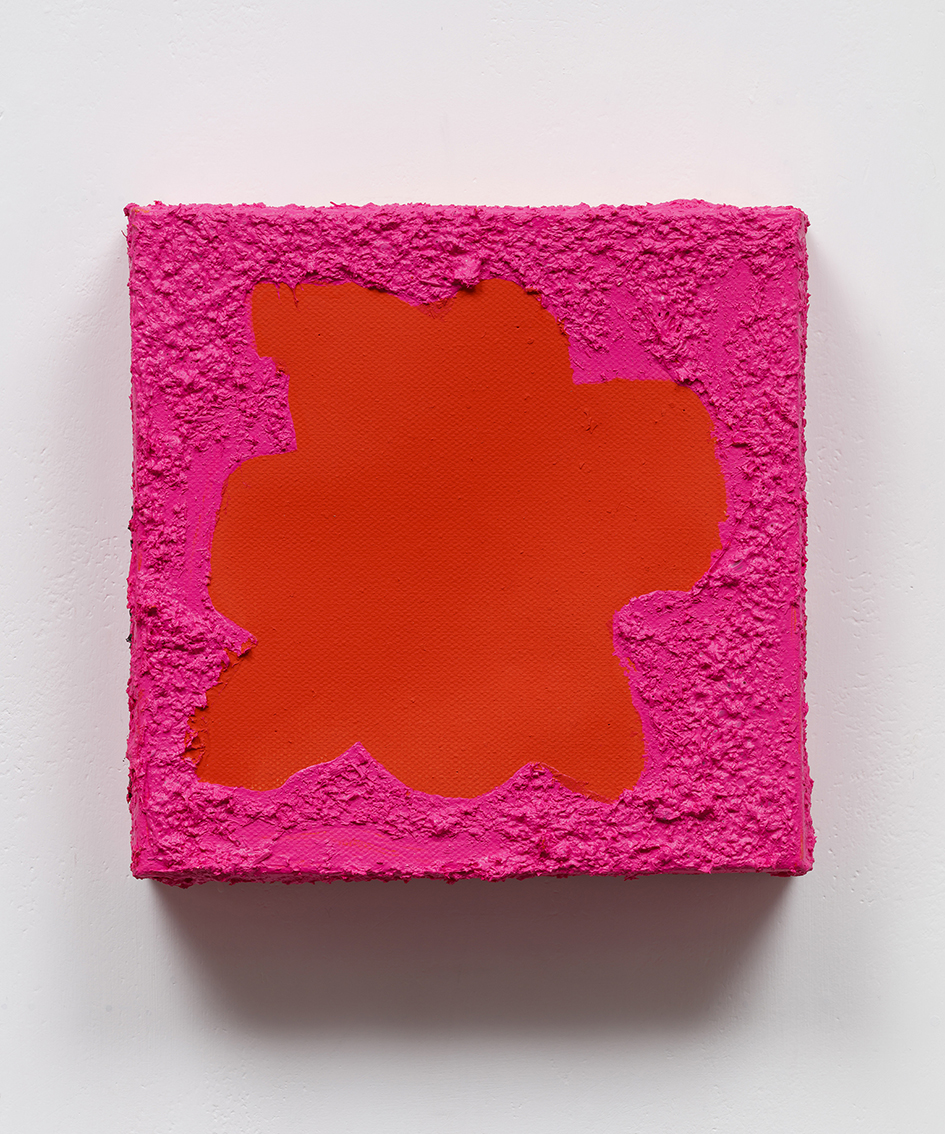|
●★ John Cage - 4' 33'' ★●
● Movement 1 ● Movement 2 ● Movement 3
Lawrence Foster(Cond.) BBC SYMPHONY ORCHESTRA
● 프린세스 미뉴엣♡ 예술의잔당 리사이틀홀 Nov. 2013 ●
《4분 33초》는 아방가르드 작곡가 존 케이지가 작곡한 피아노를 위한 작품으로, 연주 시간 동안 아무 연주도 하지 않는 음악 작품으로 유명하다.
1951년에 존 케이지는 하버드 대학의 무향실을 간 적이 있었는데, 케이지는 그 방이 조용할 것으로 기대했지만, 그는 후에 이렇게 썼다. “높은 소리와 낮은 소리, 두 개의 소리를 들었다. 공학자한테 이 이야기를 하자 그는 나에게 높은 소리는 내 신경계가 돌아가는 소리이고, 낮은 것은 혈액이 순환하는 소리라고 말했다.” 무엇이 진실인지를 떠나서, 그는 완벽히 소리가 나지 않을 것이라고 생각한 곳에서 소리를 들은 경험을 한 것이다. “내가 죽을 때까지도 소리는 남아 있을 것이다. 내가 죽은 후에도 그것을 계속 있을 것이다. 음악의 미래에 대해서 두려워 할 필요는 없다.” 절대적인 무음은 없다는 발견이 존 케이지로 하여금 《4분 33초》를 쓰게 한 계기가 되었다. 이 작품이 미술에 영향을 받은 것이라는 주장도 있다. 존 케이지의 친구 로버트 라우쉔버그(Robert Rauschenberg)가 빈 캔버스를 전시한 적이 있었던 것이다. 그 작품은 걸려 있는 곳의 조명 상태나 이를 바라보는 사람들의 그림자 등에 의해 모습이 바뀐다. 이것이 케이지에게 주변의 소리를 반영할 수 있는 ‘소리로 된 빈 캔버스’를 쓰게 만든 영감을 주었을지도 모른다. 한편, 존 케이지의 이전 작품에도 '침묵'은 중요한 요소로 사용되어 왔다.
《4분 33초》는 1952년 8월 29일 뉴욕주 우드스탁에서 David Tudor의 연주로 초연됐다. 연주자는 피아노 앞에 앉아서 피아노 뚜껑을 열었다. 몇분 뒤 그는 뚜껑을 다시 닫았다. 피아니스트는 뚜껑을 열었다가 다시 닫고 자리에서 일어났다. Richard Kostelanetz는 실험음악의 권위를 가진 연주자 David Tudor라면 청중들이 우연히 소리를 내도록 유도하는 것이 비음악적인 소리로 작품을 쓰는 것으로 유명한 존 케이지의 음악에 부합했을 것이라고 했다. 하지만 연주자와 청중이 소리를 죽이고 있다고 하더라도 콘서트 홀에는 소리가 있는 것이다. 이 작품은 아직도 음악의 정의에 대한 도전으로 여겨진다. 《4분 33초》는 세 개의 악장으로 되어 있고, 각각의 악장에는 TACET(조용히)라는 악상만이 쓰여 있다. 1악장은 33초, 2악장은 2분 40초, 3악장은 1분 20초씩으로 되어 있다.
원본 주소 "http://ko.wikipedia.org/w/index.php?title=4분_33초&oldid=9410614"
● 분류 : 무음. 존 케이지 - 1952년 작품. 포스트 모더니즘.
● John Cage(1912~1992 USA)From Wikipedia, the free encyclopedia
● John Milton Cage Jr. (September 5, 1912 – August 12, 1992) was an American composer, music theorist, writer, and artist. A pioneer of indeterminacy in music, electroacoustic music, and non-standard use of musical instruments, Cage was one of the leading figures of the post-war avant-garde. Critics have lauded him as one of the most influential American composers of the 20th century.[1][2][3][4] He was also instrumental in the development of modern dance, mostly through his association with choreographer Merce Cunningham, who was also Cage's romantic partner for most of their lives.[5][6]
Cage is perhaps best known for his 1952 composition 4′33″, which is performed in the absence of deliberate sound; musicians who present the work do nothing aside from being present for the duration specified by the title. The content of the composition is not "four minutes and 33 seconds of silence," as is sometimes assumed, but rather the sounds of the environment heard by the audience during performance.[7][8] The work's challenge to assumed definitions about musicianship and musical experience made it a popular and controversial topic both in musicology and the broader aesthetics of art and performance. Cage was also a pioneer of the prepared piano (a piano with its sound altered by objects placed between or on its strings or hammers), for which he wrote numerous dance-related works and a few concert pieces. The best known of these is Sonatas and Interludes (1946–48).[9] His teachers included Henry Cowell (1933) and Arnold Schoenberg (1933–35), both known for their radical innovations in music, but Cage's major influences lay in various East and South Asian cultures. Through his studies of Indian philosophy and Zen Buddhism in the late 1940s, Cage came to the idea of aleatoric or chance-controlled music, which he started composing in 1951.[10] The I Ching, an ancient Chinese classic text on changing events, became Cage's standard composition tool for the rest of his life. In a 1957 lecture, Experimental Music, he described music as "a purposeless play" which is "an affirmation of life – not an attempt to bring order out of chaos nor to suggest improvements in creation, but simply a way of waking up to the very life we're living".[11]
■ WIKIPEDIA 참조 ■
| ||
|
| ||
'Lecture Concert' 카테고리의 다른 글
| Leonid Kogan (0) | 2015.07.04 |
|---|---|
| 조르다노 - 금지된 사랑<훼도라> (0) | 2015.07.03 |
| F.Schubert - Piano Sonata in Bb D.960 (0) | 2015.07.01 |
| Claude Debussy - Piano Trio in G (0) | 2015.07.01 |
| W.A.Mozart - Violin Sonata in Bb K.378 (0) | 2015.07.01 |

